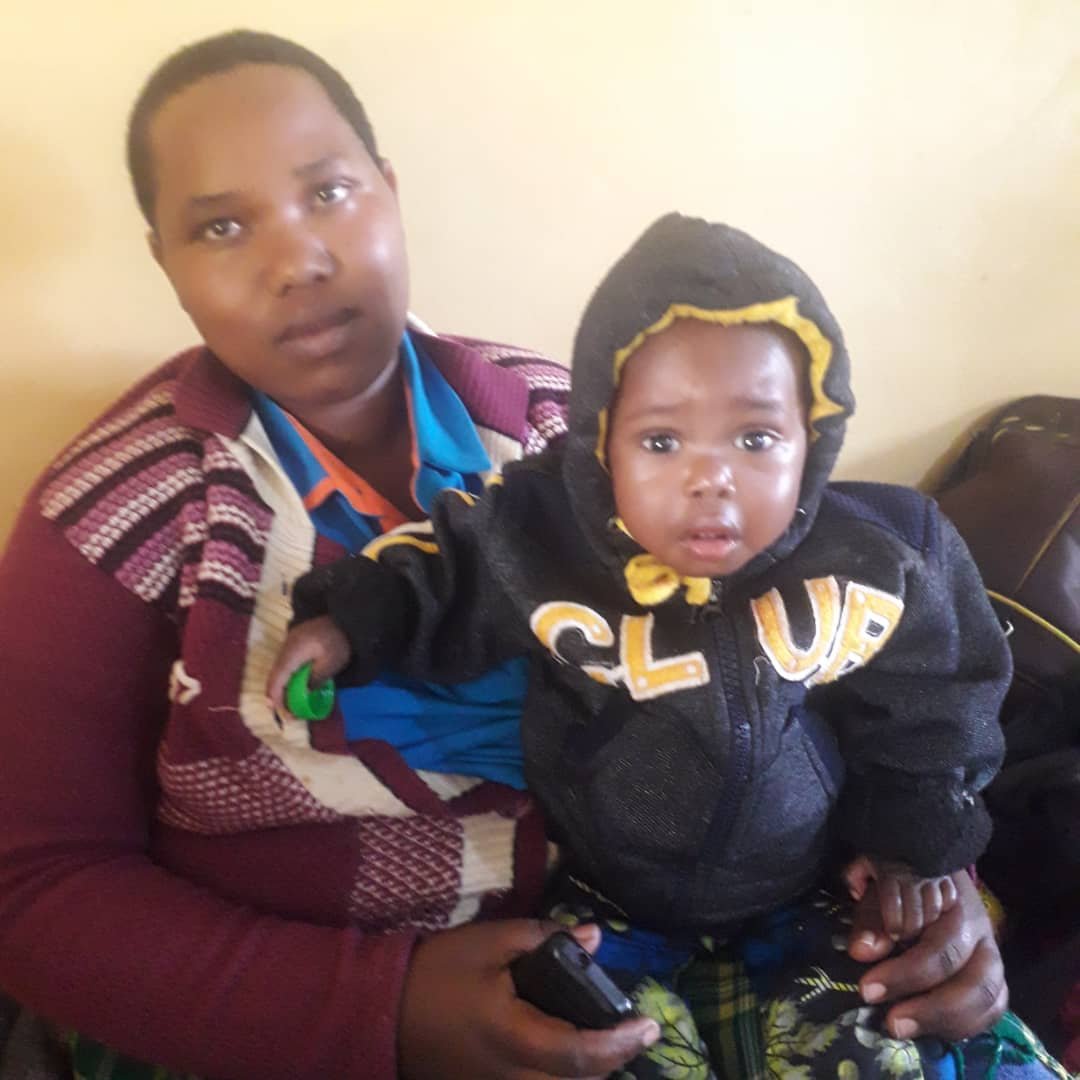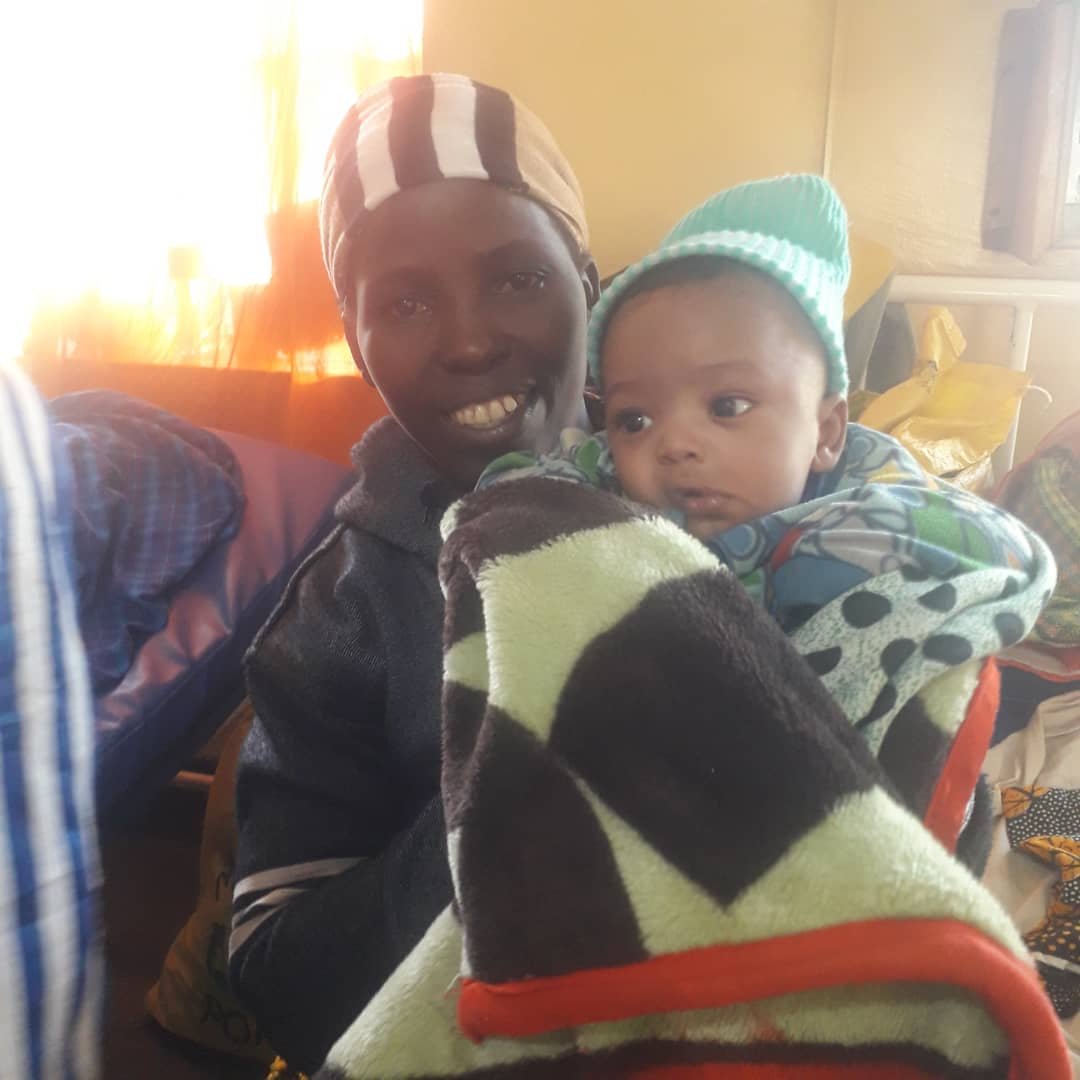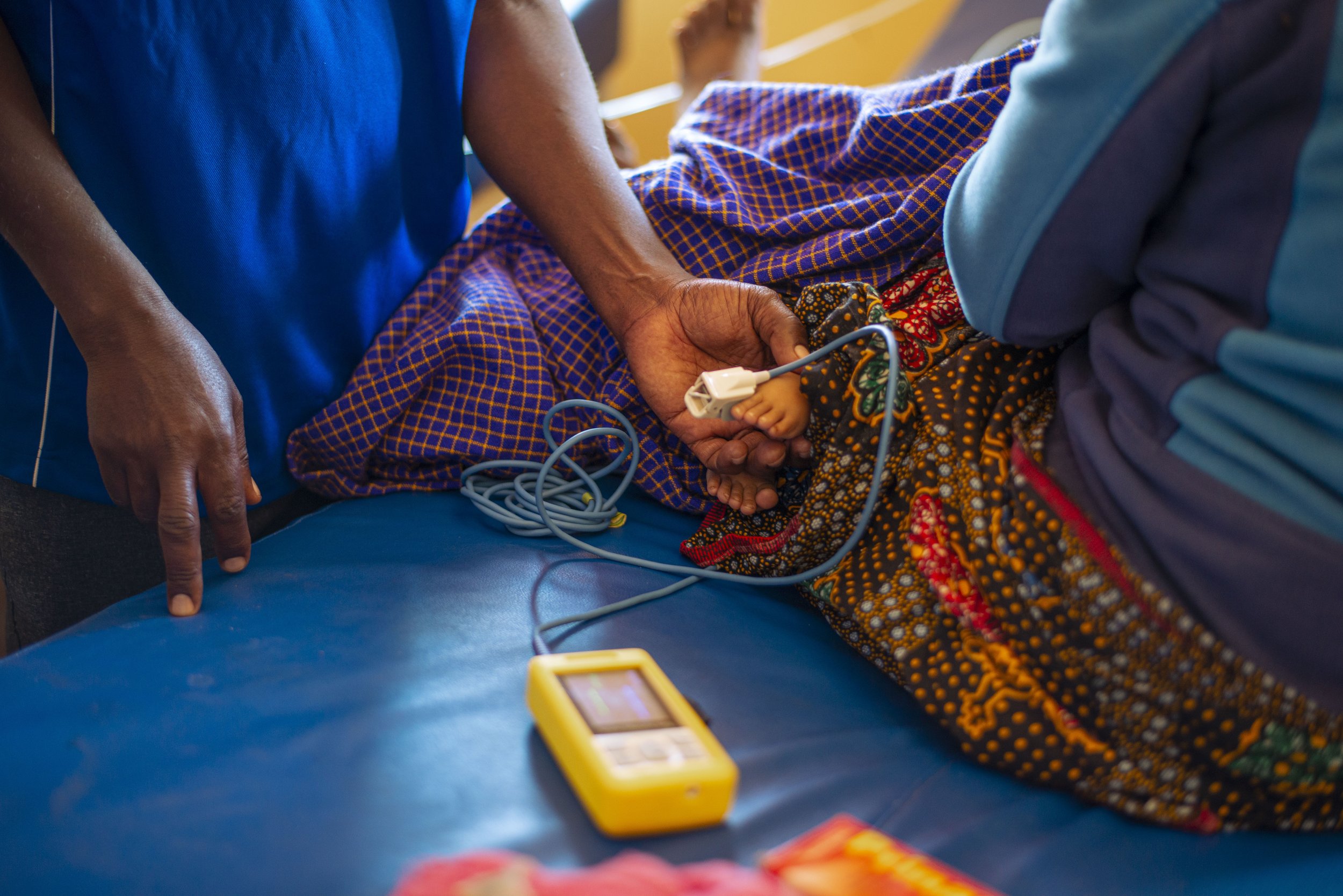Our day in Dongobesh… the tragedy of childhood pneumonia
By Máire Ruane and Caroline Wairimu
This is the story of three young babies, Hurumaeli, Joshua and Dickson, who were battling pneumonia at Dongobesh Hospital in the northern Mbulu district of Tanzania when a power outage cut-off their oxygen supply. It does not have a happy ending. The story is a call to action to make sure no more babies die because they cannot get medical oxygen - in Tanzania and across Africa.
In 2022 FREO2 led a delegation to Tanzania with the Oxygen CoLab to visit hospitals using our medical oxygen systems. Our work in Tanzania has been supported by the Oxygen CoLab, funded by UK Aid. We thank Roger Rassool, Maire Ruane, Brother George Massay, Dr. Josephat Anney, Petro Msuya, Anatoli Umbu, Damiano Massay and Alex John from FREO2 as well as Lynne Ruddick, Pritika Kasliwal, Harry Sharp (Brink) and Florin Gheorghe (UNICEF) from the Oxygen CoLab for their tremendous support during this crisis.
The FREO2 team had the opportunity to do several field visits in May of this year. It was an epic journey around Tanzania, Uganda, and Kenya. Long drives in cramped minibuses over rough terrain, a few breakdowns, and meetings at both ends of the day. We have many stories from that visit but one stood out. In honour of World Pneumonia Day, we tell the stories of three young babies who were battling pneumonia at Dongobesh Hospital when a power outage cut-off their oxygen supply.
Baby Hurumaeli
Baby Joshua
Baby Dickson
We arrived at the facility mid-morning. We were surprised at how quiet it was. The ward was cramped, mothers quietly holding babies rhythmically rocking. There wasn’t a nurse or a doctor in sight as the hospital staff were attending a vaccine drive about 50 kms away for the week. Yes, the entire team of doctors and nurses!
Dongobesh Hospital
Photography by Bony Kazi
When the oxygen supply stops…
As we walked towards the Toto ward, we noticed a FREO2 staff member sprinting towards the back of the ward. We soon realised why – the power had just failed - and the generator needed to be started. We waited and waited, but the generator did not kick in. It was out of fuel and the reserve fuel tank was empty.
You could see the anxiety and panic build as we looked each other in the eye. We could see three babies connected to oxygen that had stopped flowing. We later learnt their names, Joshua, Dickson and Hurumaeli.
Dr Josephat, a member of the FREO2 team fetched a pulse oximeter to measure the oxygen saturation of the babies. We started with the first baby, the palest, Hurumaeli. His reading was an alarming 33% - well below the 95% and above which is considered normal. This baby was gravely ill and required oxygen immediately. Joshua and Dickson’s levels were around 80% but were rapidly dropping. We needed that system to fire up.
Ten minutes later and there was still no sign of fuel or power. It turns out no one had even left to get the fuel. The head nurse who signed off for the purchase was on the vaccine drive and the hospital team was not empowered to make that decision. We couldn’t believe it. We felt so helpless.
The FREO2 team setting up oxygen supply at Dongobesh Hospital
Photography by Bony Kazi
When the oxygen supply returns…
Our team sprang into action and tried to connect an oxygen cylinder to a concentrator. The oxygen cylinders in the room were empty and there was no regulator to connect them. Our technicians had no option but to return to our office to collect a new cylinder and oxygen concentrator.
We went back into the ward. The mothers were now frozen, motionless, an eerie silence prevailed. Hurumaeli was deteriorating; there was no doubt he was in acute respiratory failure. The tiny baby was using every ounce of energy in his body to breathe. The other two babies’ oxygen levels were dropping too. The babies were dying before our eyes, and we were powerless.
Our team returned in 10 minutes with a brand-new concentrator and cylinder recently donated by the Segal Family Foundation and within 2 minutes they had an oxygen cylinder connected to our concentrator. The oxygen began to flow.
We helped connect the babies to the oxygen, ensuring the nasal prongs were in place properly, so the babies got the optimal flow of oxygen into their tiny lungs. We found some tape to secure them. We started to undress them and the babies began to settle. As we prepared to leave, a hushed chatter resumed amongst the mums. You could almost feel hope drift back into the room. We wished we could have stayed and watched over them for the rest of the day but unfortunately, we had to leave. We sat quietly on the bus as we made our way to the next facility.
We wish we could tell you that the babies lived happily ever after. Sadly, we can’t. Our vision is that “every child has the right to breathe, live and thrive” and therefore it was very important for us to monitor the progress of these babies over time.
Pneumonia remains the leading cause of death for children under five across Africa, claiming 372,000 children each year, claiming the life of 40 children every hour.
Photography by Bony Kazi
The village where baby Dickson and his family reside
Photography by Dr Josephat Anney
What happened to the babies?
In October this year we set off to find Joshua, Dickson and Hurumaeli to see how they were doing. The families all lived in villages in the Mongahay highlands - a lush landscape of hills and valleys where a deep green hue prevails all year round. There are no roads, just rocky meandering pathways that lead to homes and farms. Occasionally you see a trail through grassland where the odd vehicle has recently ploughed through.
The trip from Dongobesh to Mongahay took about 40 minutes on a motorbike going through narrow winding paths. Some parts of the path were rocky, so we had to go slowly and carefully as there were a few occasions where we almost came off our bikes. The wind had a chill and was harsh on our faces as we made our way into higher altitudes. Children herding animals was a common sight on our way. We waved but most of them were shy when greeted by a stranger.
We reached the first village, Mongahay, mid-morning. Most of the homes in Mongahay village were constructed using pine trees. The walls are smeared with soil mixed with cow dung yet have a smooth exterior. We arrived at Dickson’s house first where we were warmly greeted by his parents. He was 1 year and 8 months old at the time of our visit. Dickson had been in and out of hospital suffering with respiratory problems. Dickson’s mum explained that it is very challenging travelling those 18 kilometres on a motorbike especially with a severely ill child.
Dickson’s family is very poor. They live on their farm with a few cattle and goats. They plant crops for their own consumption with very little left over to sell. This means there is little or no cash in reserve to help with medical emergencies. Dickson’s parents tell us he is a happy baby and is doing very well since his treatment. Both his parents found it hard to believe that we made the journey to check up on little Dickson. For us it made our morning to see he was thriving.
Next, we made our way to visit baby Joshua’s family who live in a village called Getagujo. This village sits at an altitude of 1500ms from sea level which makes it very cold. The day we arrived Joshua’s mother was in the field herding her cattle. She was delighted to see us, but we were devastated to hear that baby Joshua was no longer alive. He continued to have breathing complications and fell seriously ill again in September. Joshua’s mother Maria smiled as she told us that he was a charming child. Maria thinks that if the dispensary where Joshua was admitted had realised sooner how sick he was, Joshua may have survived this second illness. We left baby Joshua’s with heavy hearts.
Our final visit was to Hurumaeli’s family. Hurumaeli was definitely the sickest of the children back in May so we had always worried about his future. His mother welcomed us into her house where she was cooking on the open fire. The room was smoky, with three beautiful children shyly gazing at us. We couldn’t see any babies so we anxiously asked for Hurumaeli. She told us that he seemed to be doing very well after discharge but in August he suddenly developed difficulty breathing and was rushed to a dispensary for treatment. He required oxygen but unfortunately there was none available and he lost his life on August 14th.
In recent months, rising fuel costs (increases of 45% have been reported) means families like Hurumaeli’s cannot afford to hire one and often must borrow or haggle to pay for transportation. Delays like these in the treatment of hypoxic children can lead to disastrous consequences.
Baby Dickson reunited with his family
Photography by Dr Josephat Anney
What NEXT?
The stories of Joshua and Huramaeli are a source of great sadness for FREO2, while baby Dickson’s story continues to give us hope. We know their stories are not unique and that they represent hundreds and thousands of stories across Africa. We have chosen World Pneumonia Day as the day to share their stories and announce our commitment to take our support further, to move closer to where the illness and the greatest number of deaths occur.
We are launching a FREO2 Outreach and Advocacy Program that will work more closely with community health workers and families to influence care seeking behaviour, improve diagnosis and referral to higher levels of care. The approach is multi-faceted and will lean on advocacy, education, pulse oximetry, transport, and mobile oxygen. We plan to deliver this program alongside implementation partners and collaborators. If you would like to come on the journey with us to make sure any child who needs life-saving oxygen receives it, so ALL children can breathe, live and thrive, please reach out to maire@freo2.org.








